Key Considerations For ADU Construction
When planning for an ADU construction, several key factors come into play to ensure the outcome is functional and aesthetically pleasing. Each consideration uniquely influences the design, construction process, and, ultimately, the usability of the ADU.
Style
This refers to the architectural design and aesthetic appeal of the ADU. It should ideally match or complement the main dwelling’s design.
Level of Privacy
Since an ADU is often close to the main house, it’s essential to design it to ensure privacy for both the main house and the ADU inhabitants.
Space
The available space on the lot dramatically influences the design and size of an ADU. It’s essential to maximize the use of available space while adhering to zoning laws and building codes.
Access
Consider the best location for entry to the ADU, whether through a shared entrance or a separate one. This decision affects both functionality and privacy.
Structural Design
This encompasses the layout of the ADU, including room arrangement, the location of doors and windows, and other structural features.
Site Conditions
include factors such as soil type, slope, and existing vegetation. These can significantly influence construction costs and design possibilities.
Outdoor Connections
This refers to how the ADU interacts with its surrounding outdoor space. It could involve patios, walkways, or gardens connecting the ADU to the outdoors.
Different Types Of ADUs
Accessory Dwelling Units (ADUs) provide homeowners diverse options based on their needs, property attributes, and budget. Three main types of ADUs exist: Detached, Attached, and Junior. Each serves a distinct purpose with unique advantages.
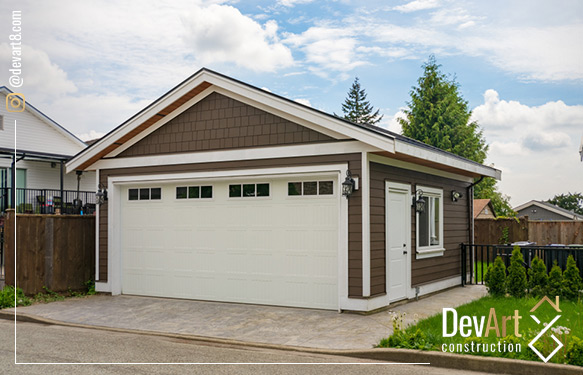
Detached ADUs
Detached ADUs, as the name suggests, are separate structures from the main house. They are often built in the backyard or any unused space on your property.
This type of ADU provides maximum privacy for occupants. It can be designed as a fully independent living space with all the necessary amenities, making it an ideal option for rental income or housing aging parents.
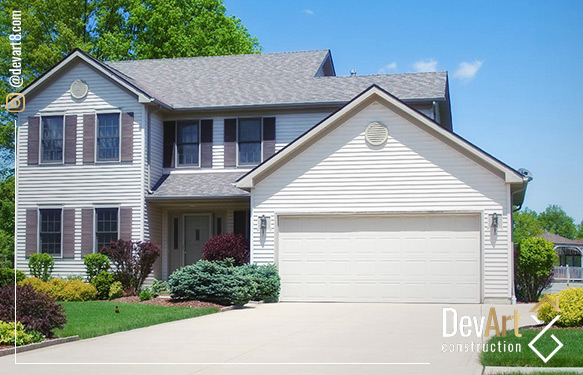
Attached ADUs
The attached ADUs are extensions to the existing main house. They might be a converted garage, a basement, or a new structure attached to the side or rear of the house.
These ADUs are great for keeping family close while providing a distinct living space. Since they utilize existing structures or space, they are often more cost-effective than detached units.
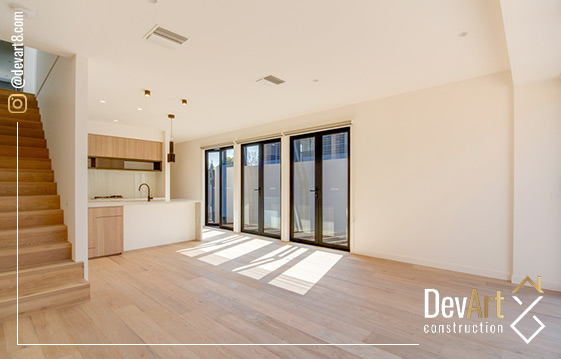
Junior ADUs
Junior ADUs, or JADUs, are a relatively new addition to ADU types. They are smaller ADUs created within the existing footprint of the main house, often through the conversion of a bedroom.
JADUs typically include efficiency kitchens and separate entrances, making them perfect for single occupants seeking a compact yet independent living space.
ADU Construction Regulations In Austin
Adding an accessory dwelling unit (ADU) to your Austin property can provide an additional income source or living space for loved ones. However, navigating construction regulations is crucial. Here’s a quick overview of critical points to consider:
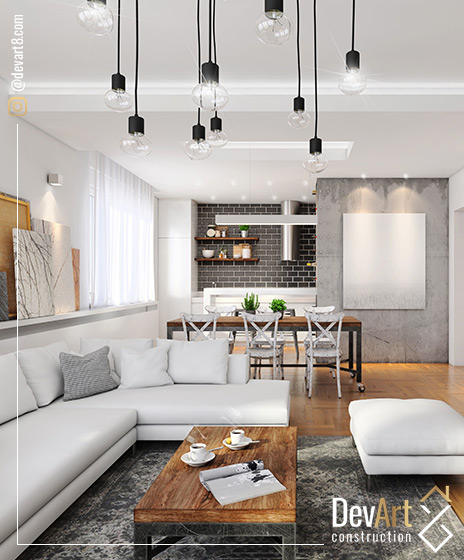
Number of ADUs Allowed
Under Austin's revised regulations, property owners can build up to two Accessory Dwelling Units (ADUs) on eligible lots, addressing the city's housing needs. The total floor area of all ADUs must be at most 1,100 square feet, promoting further development and housing options in Austin.
ADU Size
Austin's zoning laws dictate the size of an Accessory Dwelling Unit (ADU) based on lot size, height restrictions, and setback requirements. Complying with these regulations is vital for a successful ADU construction project and to avoid legal problems.
Setbacks and Location
Setbacks are crucial when placing Accessory Dwelling Units (ADUs) in Austin. They include required distances from property lines and main houses and considerations for street visibility, heritage trees, and off-street parking.
Height
In Austin, zoning regulations limit the height of an ADU to 15 feet for a one-story structure, and 30 feet for a two-story. These rules are in place to prevent the ADU from overshadowing the main house or neighboring properties, preserving neighborhood aesthetics.
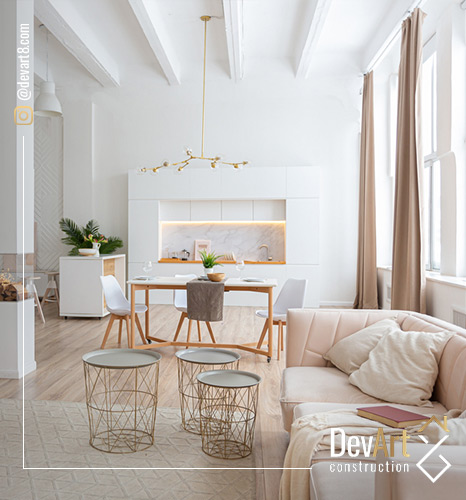
Utility Connections
Consider utility connections such as water, sewer, electricity, and gas services when planning an ADU. Depending on your ADU type, you may need to extend utilities from the main house or establish independent connections.
Entryways
In Austin, ADUs must have separate entrances from the main house as per city regulations, enhancing privacy and establishing their distinct identity. The design and placement of these entrances should factor in aspects like orientation, landscape integration, and security.
Kitchen/Bath
Austin city regulations require independent kitchen and bathroom facilities for ADUs. These include cooking facilities, a refrigerator, a sink, a toilet, and a shower or bathtub. The regulations also emphasize efficient space utilization and comfort in design.
Parking
Parking is crucial in the planning and construction of Austin's ADUs. Typically, city regulations mandate one off-street parking space per ADU, with some variations depending on proximity to transit.
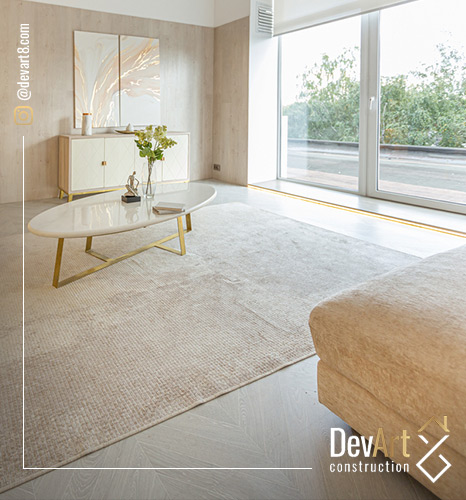
Understanding ADU Construction Permits
When constructing an Accessory Dwelling Unit (ADU), obtaining the necessary permits is crucial to comply with local codes and regulations. Here are some essential permits you may need:
- Building Permit: To ensure structural integrity and adhere to safety regulations.
- Zoning Permit: Ensuring compliance with zoning regulations at the local level.
- Grading Permit: If there is any grading or excavation work required.
- Plumbing Permit: For the installation of plumbing systems.
- Electrical Permit: For the installation of electrical systems.
- Mechanical Permit: For the installation of HVAC systems.
- Sewer Connection Permit: If you need to connect to the city's sewer system.
- Utility Service Permit: To ensure utility connections.
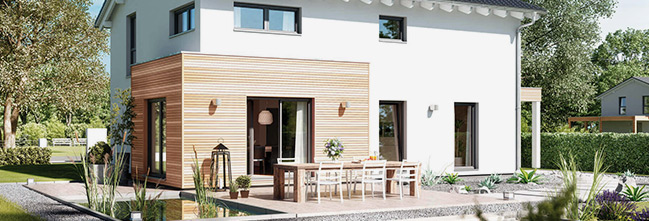
Efficient Construction of ADUs and Ensuring Permit Compliance in Austin
Looking to add an ADU to your property? Our seasoned team is ready to guide you from design to construction. Contact us now for a consultation and start your ADU project confidently. Let’s create something exceptional together.
Guide for ADU Design and Layout
Designing your ADU requires careful planning to ensure the space is functional and inviting. Each area should be thoughtfully designed to optimize space utilization and create a comfortable living environment, from the bathroom to the kitchen and sleeping facilities.
Here are some key aspects to consider:
Bathroom
Ensure a compact yet functional bathroom with smart storage solutions and appropriate fixtures. Consider a walk-in shower instead of a bathtub to save space.
Kitchen
Design an efficient kitchen with carefully arranged appliances and storage for easy movement and food preparation. A compact, modular kitchen is perfect for ADUs.
Sleeping Facilities
Maximize space with a Murphy bed or sleeper sofa that folds away when not used. This enhances the functionality of your ADU.
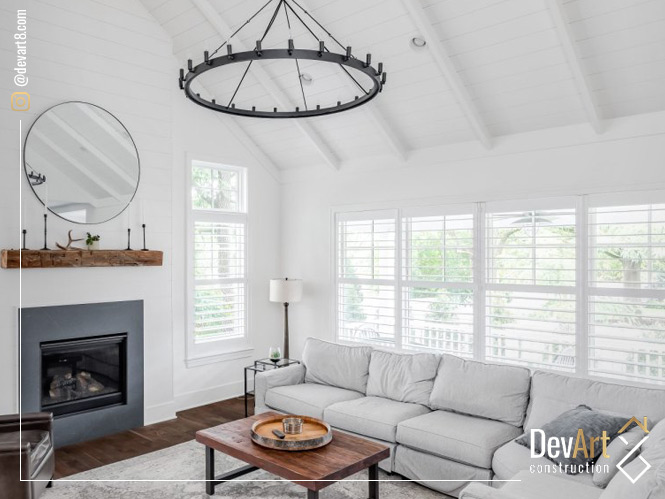
Considerations and Features to Enhance Your Design
Consider key aspects during the design and layout process to ensure your Accessory Dwelling Unit (ADU) is functional and enjoyable, providing extra living space or potential rental income.
| Features | Description |
|---|---|
| Sustainable Design | Implement eco-friendly features like energy-efficient appliances, solar panels, and sustainable building materials to reduce your ADU's environmental impact and save energy costs. |
| Outdoor Spaces | Connect your ADU and the outdoors with a patio, deck, or balcony. This allows for additional living space, relaxation, and enjoyment of the natural environment. |
| Natural Lighting | Maximize natural light in your ADU by incorporating large windows, skylights, and light-colored walls. This creates a brighter and more inviting space and helps reduce energy consumption. |
| Accessibility Features | Make your ADU accessible to everyone by including features like wide doorways, no-step entries, grab bars, and lever-handled door knobs. This ensures a comfortable and safe living environment for all. |
| Storage Solutions | Optimize storage space in your ADU by incorporating built-in cabinets, shelves, and multi-functional furniture. This helps keep your ADU organized and clutter-free. |
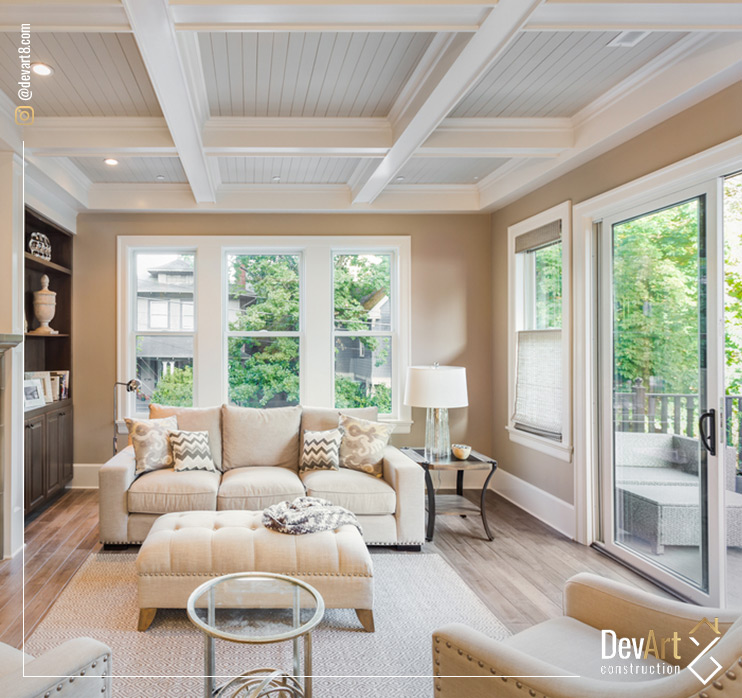
Floor Plan and Layout Options for ADUs
Explore Austin’s Accessory Dwelling Units (ADUs) for innovative and efficient compact living spaces, maximizing space, functionality, and comfort.
| Layout/Configuration | Description |
|---|---|
| Studio Layouts | It's one open space, combining living, sleeping, and kitchen areas. It is ideal for singles or couples seeking a minimalistic lifestyle. Budget-friendly and popular for first-time ADU builders. |
| One-Bedroom Layouts | These layouts offer more privacy and space than studios. Suitable for couples, single parents with children, or those needing a dedicated workspace. |
| Two-Bedroom Layouts | Two-bedroom layouts are ideal for families, roommates, or individuals who require extra space for guests or hobbies. They offer flexibility and rental income potential. |
| Open Concept Layouts | With minimal walls and seamless flow, open-concept layouts offer a spacious and airy feel, perfect for those who value a connected living environment and love hosting guests. |
| The Accessible ADU | These units are designed for individuals with physical limitations, offering wider doorways, roll-in showers, and lowered countertops for independent living, comfort, and safety. |
| The Guest House Retreat | The guest house retreat prioritizes guest comfort and privacy with a separate entrance, en-suite bathroom, and kitchenette/wet bar. Ideal for long-term visitors or family members. |
| The Home Office | Ideal for remote professionals, the home office ADU provides a dedicated workspace with natural light, soundproofing, and built-in storage. This layout enhances work-life balance and productivity. |
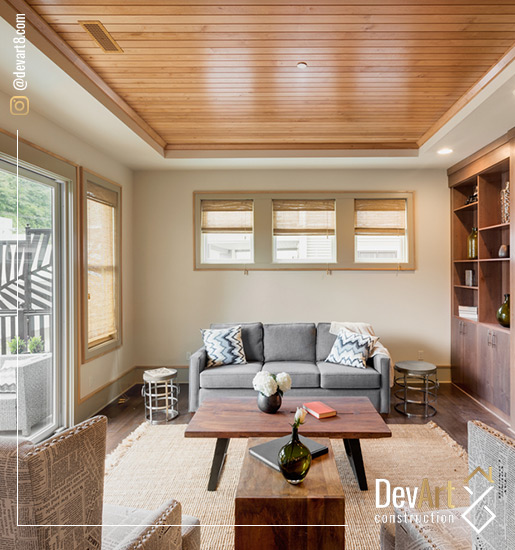
ADU Construction Cost
Austin ADU construction is an investment, and understanding the cost breakdown is essential for effective budgeting. Here’s an overview of various cost components involved in ADU construction:
- Ordinances, Planning, and Design: 8-15% of the total project cost
- Permit Fees: 1-8% of the total project cost
- Construction (Site Preparation and Build): 45-50% of the total project cost
- Finishing: 30-50% of the initial investment
- Systems (Electrical, Plumbing, HVAC): 5-15% of the total project cost
- Labor: 40% of your ADU project’s total cost
- Design and Permits: 10-15% of the total project cost
ADU Construction Process
Constructing an Accessory Dwelling Unit (ADU) in Austin, CA, with DevArt8 Construction involves several key steps. Each phase requires meticulous planning and adherence to regulations to ensure a smooth construction journey. Let’s break down the ADU construction process into its major components:
ADU Site Assessment and Design
This initial stage involves thoroughly evaluating the construction site to assess its suitability for ADU development. A well-thought-out design that fits the specific site constraints and homeowner’s requirements is then established.
City Review and Permitting
This phase entails submitting the design plans to the city for review. Necessary permits ensuring compliance with local codes and regulations are obtained.
ADU Construction
Once the permits are secured, the construction phase begins. Skilled professionals transform the design plans into a tangible, habitable space.
Final Inspection
After the construction is complete, the city conducts a final inspection. The ADU is ready for occupancy upon successful inspection.
FAQs
Start Your Project





